A potential of the biogas generating and energy recovering from municipal solid waste. Anyone clicki
- Regina Barros
- 19 de mar. de 2018
- 2 min de leitura
Renewable Energy Focus
Vol. 25, Jun 2018, Pages 4-16
Authors: Regina Mambeli Barros, Geraldo Lúcio Tiago Filho, Afonso Henriques Moreira Santos, Cláudio Homero Ferreira, Marcela Fernandes Pieroni, Juliana Sales Moura, Helena Sayuri de Souza Abe, Lucas Martins Brito, Ivan Felipe Silva dos Santos, Eruin Martuscelli Ribeiro, João Victor Rocha de Freitas

Highlights
•
Lysimeter simulation to quantify the volume of biogas produced by MSW.
•
Determination of the potential for methane generation (in m3 CH4/kgMSW).
•
Determination of the substrate parameters of MSW when using the lysimeter (e.g., COD, BOD, TS, and VS).
•
Methane generation potentials (28.83, 324.21, and 0.97 m3 CH4/tMSW) determined using tests.
•
The inoculation of sewage sludge with MSW in a lysimeter resulted in low biogas production.
This project aimed to simulate a sanitary landfill cell at the pilot scale and used a lysimeter to assess and quantify the volume of biogas produced by municipal solid waste (MSW), with a composition similar to that disposed in municipal sanitary landfill, in Itajubá, Brazil. The methodology of this study included: the preparation and filling of an experimental cell landfill; the measurement of the biogas pressure, temperature and volume; the determination of the potential for methane generation (in m3 of CH4/kgMSW); and the determination of the MSW substrate parameters before and after closing the lysimeter (including COD, BOD, TS, VS, etc.). The results obtained by demonstrating the potential for methane generation ranged from 25.95 m3 CH4/tMSW in PHASE I to 291.79 m3 CH4/tMSW in PHASE II and 0.87 m3 CH4/tMSW in PHASE III. All of the values that resulted from these PHASES studies matched the USEPA values for the lysimeters operated from 1 to 3 years (0.2–400 m3/t), including the low production value of PHASE III. The PHASE II value was more consistent with the default USEPA LandGem L0 value (170 m3/t).


Comments